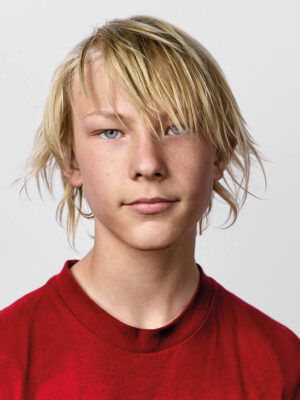
British photographer James Mollison documents the diverse spots in which children spend the night

Sager, 3, Nepal
Sager lives with his parents and older brother in northern Nepal, one of the remotest areas in the country, straddling the Himalaya. The family belongs to the Dalit community, previously known as ‘untouchables’, the lowest in the Hindu caste system. Sager’s home is a small stone dwelling perched 3,800 metres up on a steep mountainside, sheltered by an overhanging cliff face. There’s also a pen for the 200 goats that his father herds to a grazing area every day. He must remain vigilant to protect them from snow leopard attacks. Sager’s father previously worked in the Middle East but decided to return because his employers refused to pay him what they had promised. When he turns five, Sager will go to school. He will have an hour-long walk down the mountain, accompanied only by his brother, who is just one year older. His mother’s dream is for her sons to have an education, something that she was denied.

Everett, 4, Michigan

Everett is an only child. He lives with his parents in a detached house in Livonia, Michigan, USA. It’s a tight-knit community and he has numerous friends. The neighbourhood was originally developed for motor-industry workers from Detroit who wanted to move out of the city. For many years, non-white residents weren’t welcome and Livonia was known as one of the whitest cities in the USA. A group of residents, including Everett’s mother, recently released a statement denouncing the neighbourhood’s discriminatory past and encouraging diversity. Everett’s parents are collectors with an eclectic mix of artefacts that includes antiques, artworks, bourbon and watches. Everett has his own collection of hundreds of Spider-Man toys, his favourite superhero. After buying every single kind of Spider-Man toy sold at Target, he started to collect vintage figurines. Everett dreams about Spider-Man fighting Venom, his archenemy. When Everett grows up, he would like to work at Marvel creating superheroes or, alternatively, become a firefighter.
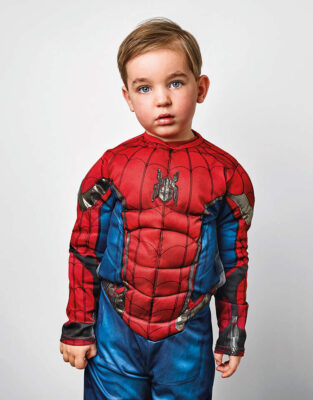
Ryker, 5, Los Angeles

Ryker lives with his family outside Los Angeles, USA. He was born prematurely and spent his first 96 days in an incubator. He has cerebral palsy (a condition that affects movement and coordination) and Horner syndrome, which affects his sight, so he has a service dog. The family lives in a five-bedroom house in an area frequently affected by fires. A recent wildfire reached the back fence and the heat cracked their swimming pool. They only had ten minutes to grab whatever they could, but Ryker decided to take some clothes and not his beloved Star Wars toys. They lived in a hotel for a month.

Nirto, 15, Somalia

Nirto is originally from Afmadow, Somalia. Her parents fled the country with their ten children to escape famine and drought, as well as violence caused by rival clans. The family finally reached Dadaab, one of the largest refugee camps in the world, in the desert of northern Kenya. The camp was established in 1991 and has grown into three separate camps housing more than 300,000 displaced people. Nirto and her family live in a small dome-shaped structure made from sticks and covered with torn plastic bags and sheeting. Nirto has never been to school and spends most of her time helping to look after her siblings. She dreams of going to school and getting a place of her own when she graduates.

Tsengelmaa, 8, Mongolia

Tsengelmaa lives in Ulaanbaatar, the capital of Mongolia, which has one of the highest levels of winter air pollution in the world. From December to April, she wears a mask as protection from toxins caused by coal smoke and other industrial emissions, only removing it to eat. When the pollution is very bad, she has to sleep in the mask. Tsengelmaa lives in a ger, a typical Mongolian tent-like structure with a coal- or wood-burning stove in the centre for cooking and heating. Within their compound are two gers and two houses, in which her cousins and grandparents live. The only toilet is a 15-minute walk away, so Tsengelmaa doesn’t like to use it when it’s dark. Her family owns three Bankhar dogs and five puppies. Tsengelmaa would like to become a prosecutor when she’s older.
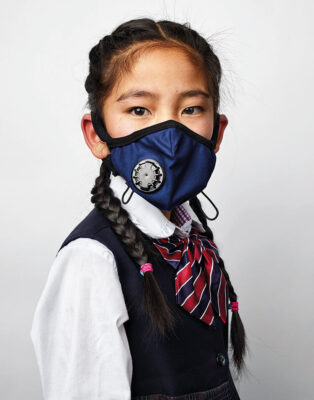
Kaya, 16, Japan
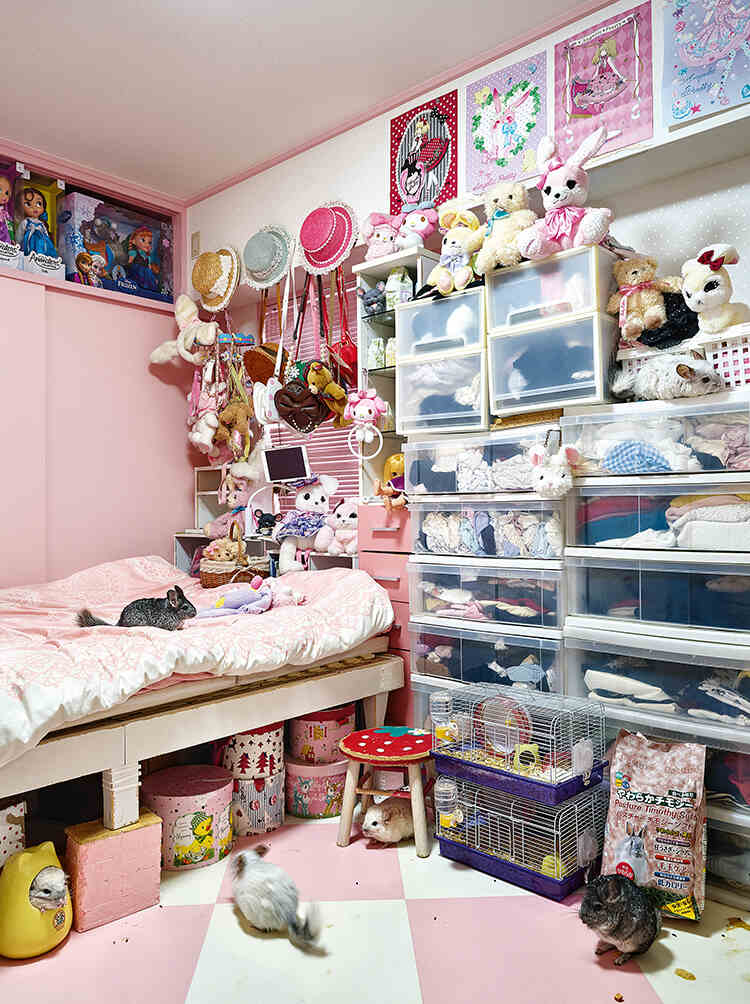
Kaya hasn’t seen her father since her parents separated. She lives in a suburb of Tokyo, Japan, with her mother and 18 chinchillas, which her mother loves and allows to roam freely around the house. Kaya’s clothes are influenced by the Lolita style, a Japanese subculture inspired by Victorian and Rococo fashion. She gets dressed up every few months for her Instagram followers, but her normal style is more casual and she wears a uniform for school. She has 200 dresses, 30 pairs of shoes and 30 wigs, and her room is so full of clothes that she sleeps in her mother’s room. At school, she’s in an all-female band, in which she sings and plays guitar.

Nemis, 9, Canada
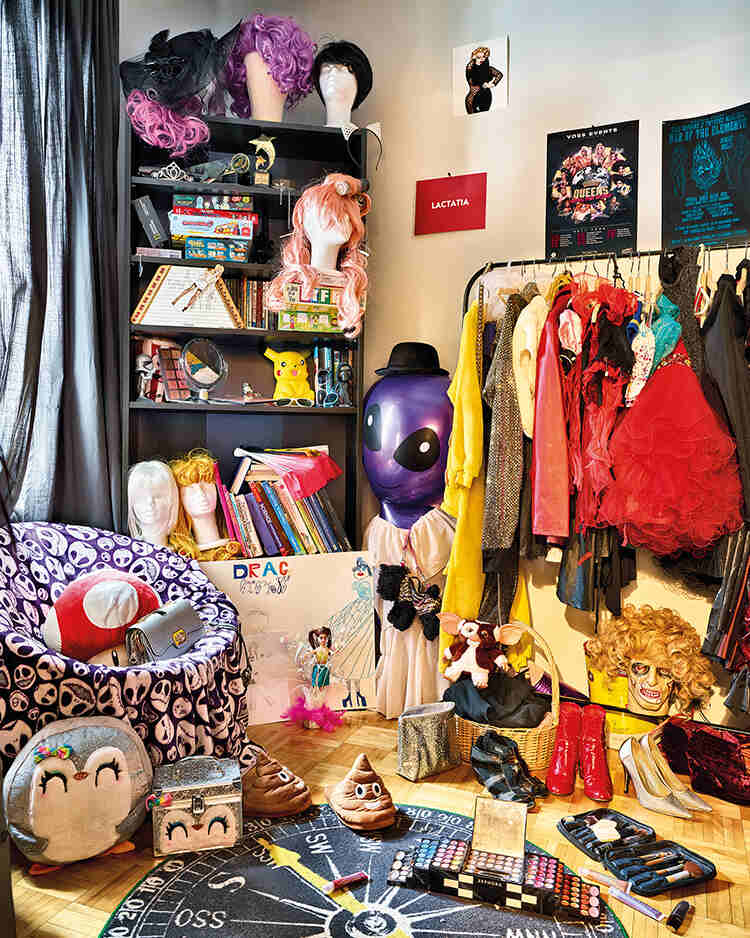
Nemis lives in a ground-floor apartment in Montreal, Canada, with his parents and 15-year-old sister. He enjoys dressing up, a passion that began when he was two years old. When he was seven, his sister started watching RuPaul’s Drag Race. He was fascinated by the grace of the performers and wanted to emulate them by putting on make-up and trying out new looks. He gave himself the stage name Lactatia, but changes it to Menstracia when he’s in a bad mood. He also started taking ‘voguing’ lessons and entered a Vogue Ball, winning the ‘First Time in Drag’ category. When RuPaul’s Werq the World tour came to Montreal, Nemis went along in full drag and was invited on stage. Nemis hopes to become a drag queen when he’s older, or a teacher who dresses in drag. Some classmates think he’s ‘super cool’ but many don’t understand his love of drag.

Alex, 12, Kentucky

Alex lives in a trailer in Harlan, Kentucky, USA, with his mother, grandmother, brother and two sisters. The trailer’s interior is covered in soot from the coal-fired stove in the kitchen, which is the only form of heating. His grandmother sleeps on the couch while the rest of the family sleep on mattresses on the floor: Alex and his brother in one room, his mother and sisters in another. The bathroom floor is caving in and a hole in the bedroom floor is covered with plastic. Last year, Alex’s father died from an opioid overdose. The opioid crisis, caused by the widespread over-prescription of painkillers and the trafficking of synthetic opioids such as fentanyl, has led to increasing rates of addiction and overdose across the USA. Before his father’s death, social services placed Alex with his grandmother until his father was removed from the home. Alex still misses him, despite their complicated relationship. He would like to join the military when he gets older, following in his grandfather’s footsteps.
